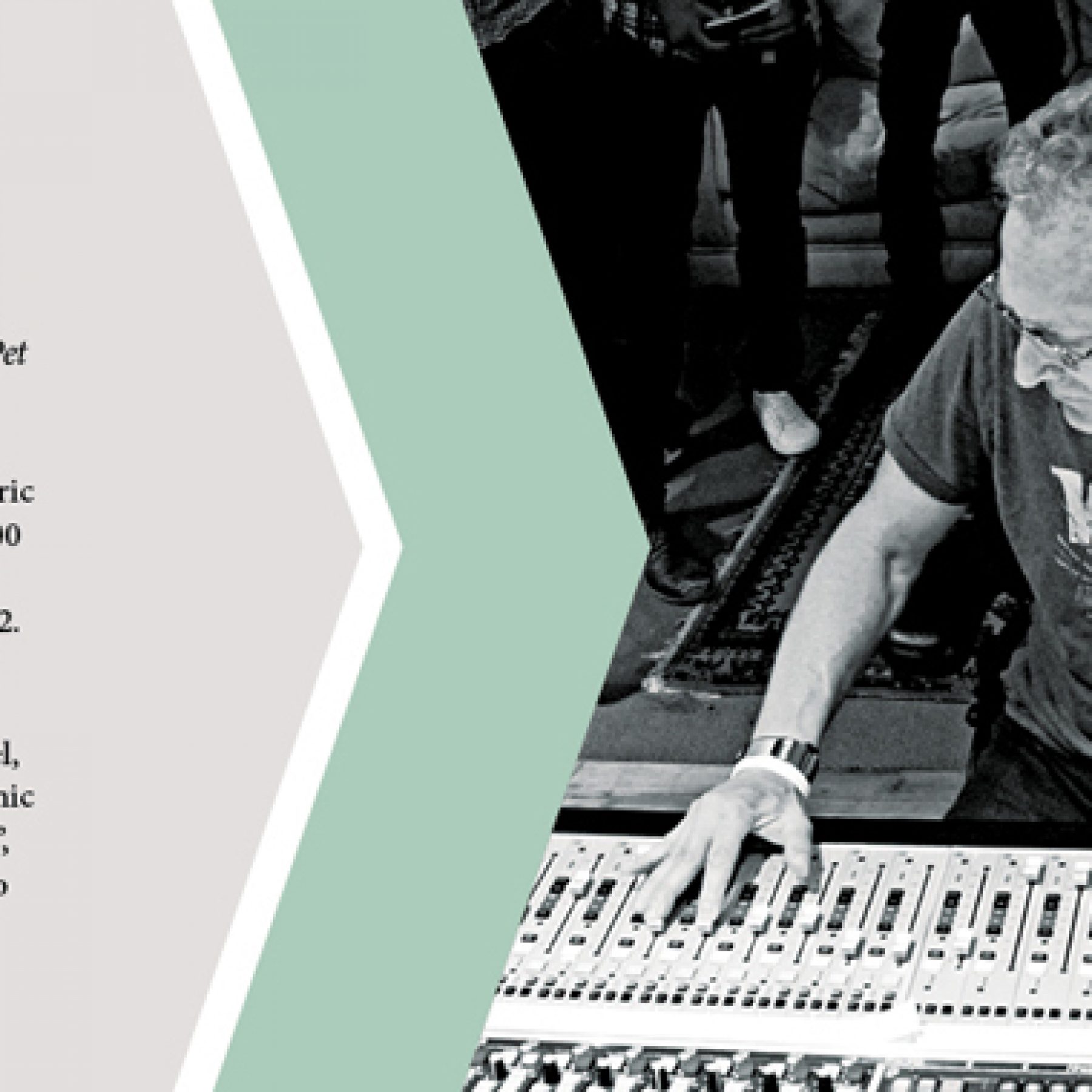
VOX POP: MICHAEL BRAUER
Paul Tingen asks the world’s leading studio practitioners to elaborate on what has changed for them since 1998, homing in on the pieces of gear they consider to have been game changers, and the working methods they use today, which they didn’t in 1998.
Brauer: “1998 marked the last throes of multitrack analogue tape. I was also using Radar at the time, and was starting to get more and more mixes in as ProTools sessions. Radar was a great sound recording and playback machine, and at the time I was using ProTools in the same way. I didn’t consider using plug-ins, because they sounded awful to me. They did not even come close to sounding as good as the hardware that they were trying to mimic. This has changed dramatically over the last 15 years. My mixing methods have remained the same — I still go through a desk and use the Brauerize process with my four towers with different compressors, EQs and summing amps — but the big difference is that I now use plug-ins all the time, and maybe even more than hardware. I love the UAD plug-ins, and the Softube ones, and I use the Waves Chris Lord-Alge, Manny Marroquin and Tony Maserati plug-ins on a daily basis. Plug-ins also offer you many things you can never get from hardware, like great de-essers and other great tools for fixing things. The advances in digital technology has led to me building two additional rooms in which my assistants will be mixing lower budget projects, supervised by me. One room is almost finished and is a hybrid studio, with two Euphonix 8-channel desks and a stripped down version of what I have in terms of hardware. The other studio will be for entirely in-the-box mixing.
“ProTools has changed everything over the last 15 years. ! ere are young engineers now who grew up on it and don’t know any other approach! The tools that ProTools offered were revolutionary. Suddenly you didn’t need a desk, you didn’t need any outboard, you could do everything inside. But going from analogue tape to ProTools initially was a serious shock from a sonic point of view. We were all used to hearing endless top end that just went up and up, and it was the same with the bottom end going down. Then with ProTools there suddenly was a ceiling that you couldn’t get beyond, and when you got close to that ceiling, things started to sound weird. I didn’t know what was going on from a technical point of view, but while working in analogue felt like being in a cathedral, at the time working with digital felt like being in a room with a 7-foot ceiling. As ProTools became more and more high definition that ceiling got higher and higher. Digital improved to the point that those old analogue versus digital arguments discussed in panels 15 years ago have become irrelevant. Whether I use analogue or digital doesn’t matter to me anymore. I don’t distinguish between them anymore. I simply use what’s best for the job. Another piece of gear that came out at the time, or perhaps just before, that has been absolutely huge is the Distressor. It was the next generation of compressor that offers so many versatile sounds and options. It was really instrumental in how the sounds of records were changing. And finally the Antelope 10M digital clock really upped the game. I did not really know the importance of digital clocking until I first heard it. It was so detailed, I could hear how the sound came together.”
GAME CHANGERS: PROTOOLS, THE DISTRESSOR, & THE ANTELOPE CLOCK





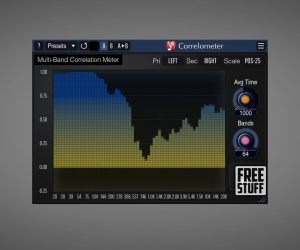
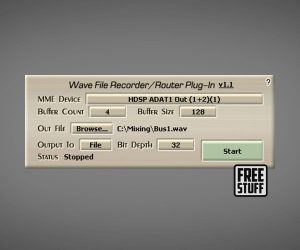





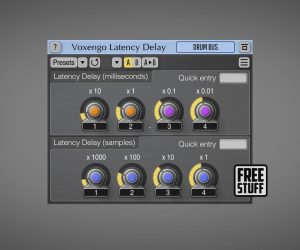
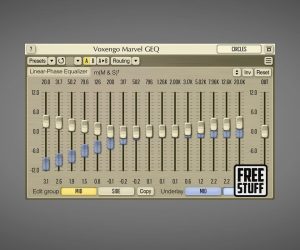



RESPONSES